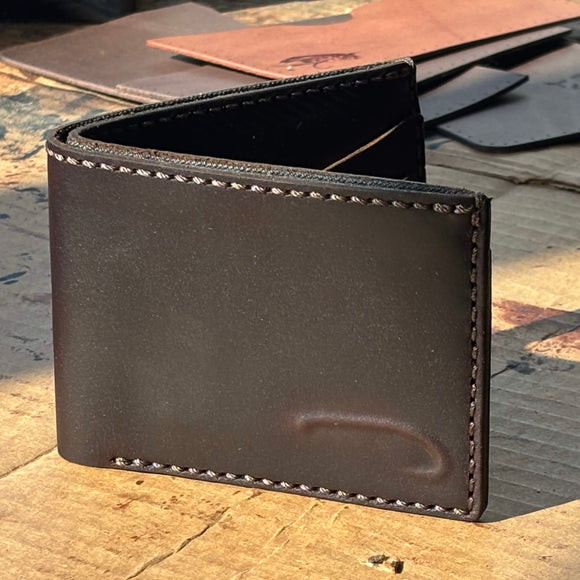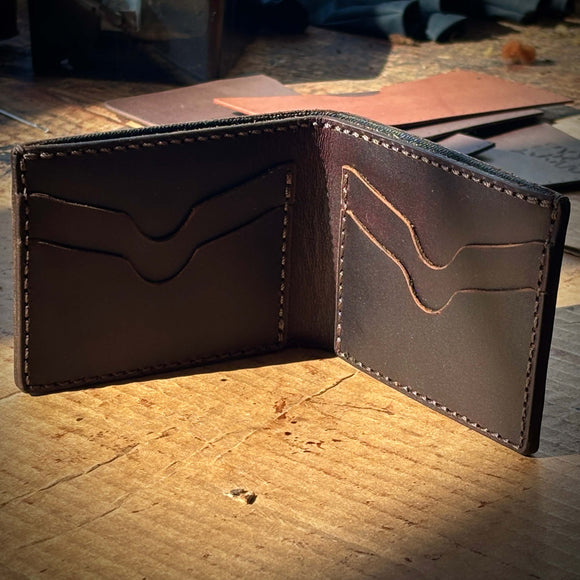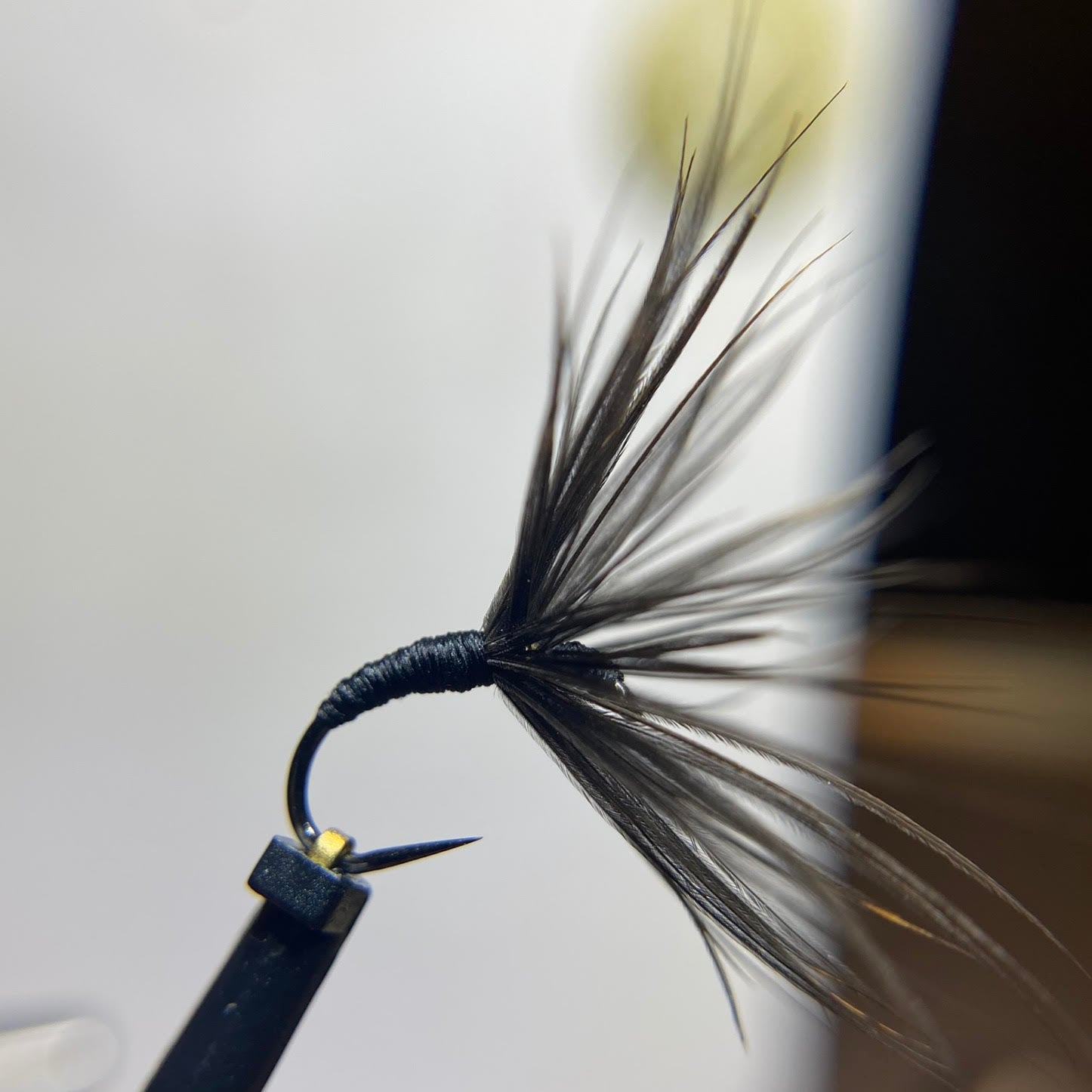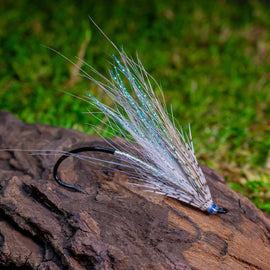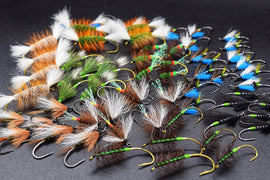by Amanda Hoffner
Sakasa flies originated in Japan hundreds of years ago. The name refers to the way the hackle is tied onto the hook, which in this case is “reverse”.
There are many types of fixed line fishing from cultures other than Japan’s that use reverse style hackle but tenkara’s most iconic and recognizable fly would be this one. It was the first fly I came across while researching tenkara and I have been quite successful with it on the bluelines of the Appalachian mountains.
It can be fished in any kind of water whether it be through an eddy, riffles, runs or near objects in the water. I like to initially do a dead drift with a soft plop of the fly on the water a couple times in a row letting it sit for 2-4 seconds. If that doesn't catch the eye of the fish I try giving the fly a slap on the water to get the fish’s attention. On the next few casts I like to give the Kebari slight movements using my fingers or arm. This allows for the soft hackle to dance through the water, hopefully enticing fish. If there is no bite I move on to the next spot since I usually walk a few miles to get where I am going and the fish are not pressured and are opportunistic when it comes to feeding. As you may have been able to tell, I am more focused on the presentation of the fly than the actual hatch or other extra factors.
Tenkara rods allow for easy manipulation and movements of the Kebari in the water without much arm/finger movement. The fixed line method allows you to present the fly to the fish without showing your line and without any drag.
My Tenkara (and fishing) philosophy is this, the more time your fly is in the water and given to the fish in a natural manner, the more likely you are to catch a fish. If the water looks fishy and you dont scare the fish, then start slow and work your way through the hole from closest to farthest. That way you won't create shadows or make noise to spook the fish. thats why I start with a soft and dainty first cast and work the intensity of my Kebari manipulation as i go. Always casting with focus and purpose.
Recipe:
Hook: Daiichi 1251 size 14 or Tanuki scud hooks.
Thread: Black Danville or Uni 6/0.
Body: Black Danville or Uni 6/0.
Reversed Hackle: Gamefowl hackle from Foxfire Game Farm.

Featured collection
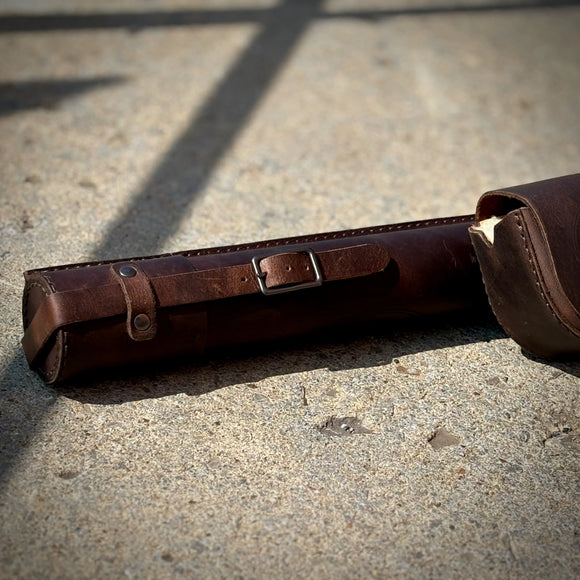
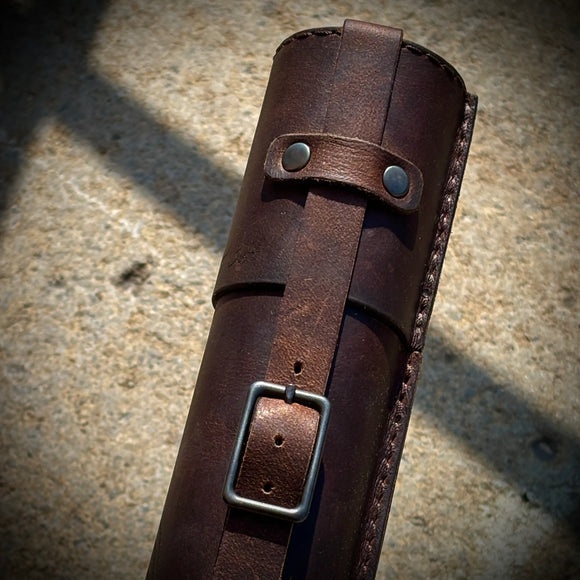
The Hillbilly Leather Rod Tube
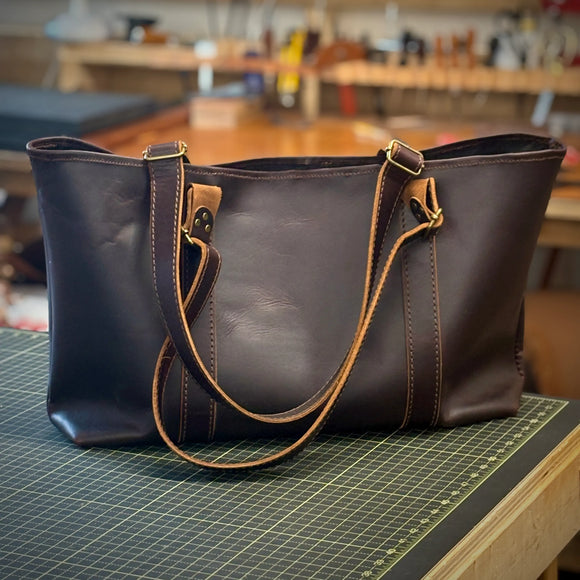
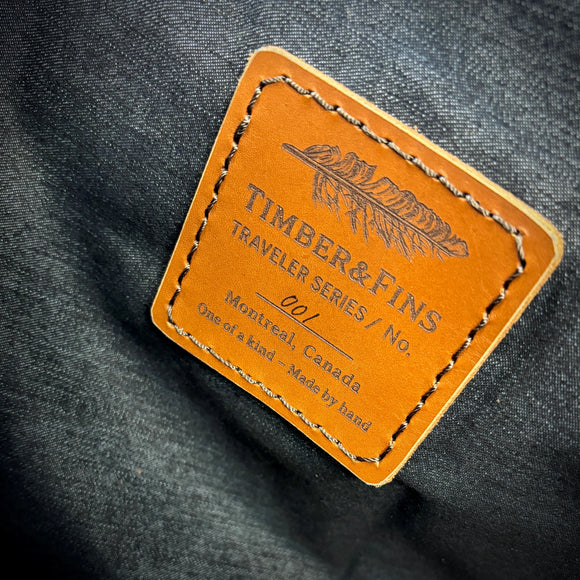
Traveler Tote — Grizzly Brown
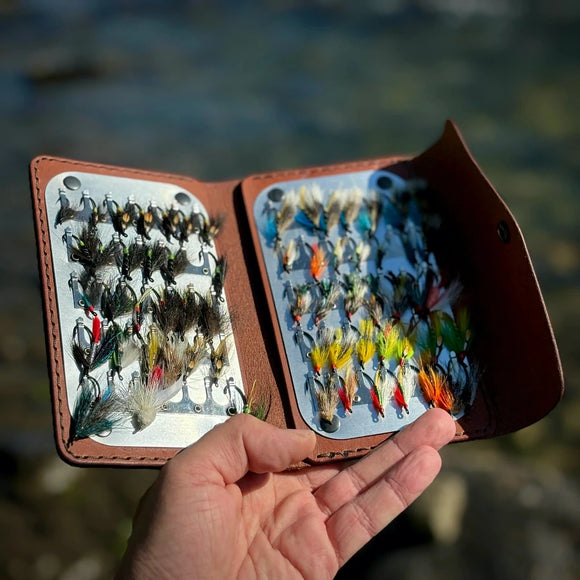
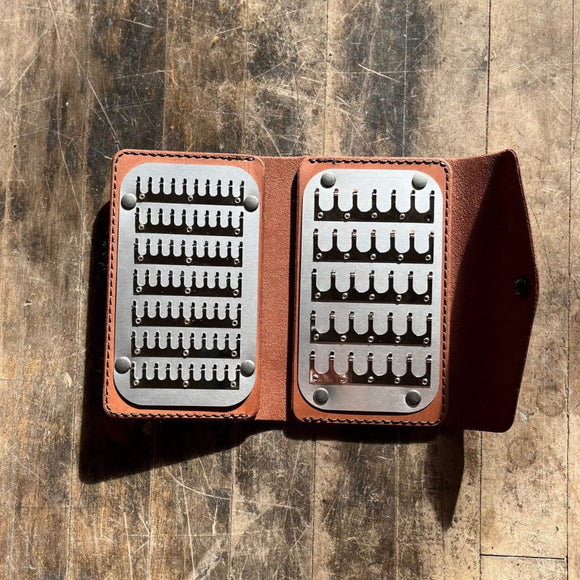
Wheatley Clip Fly Wallet
